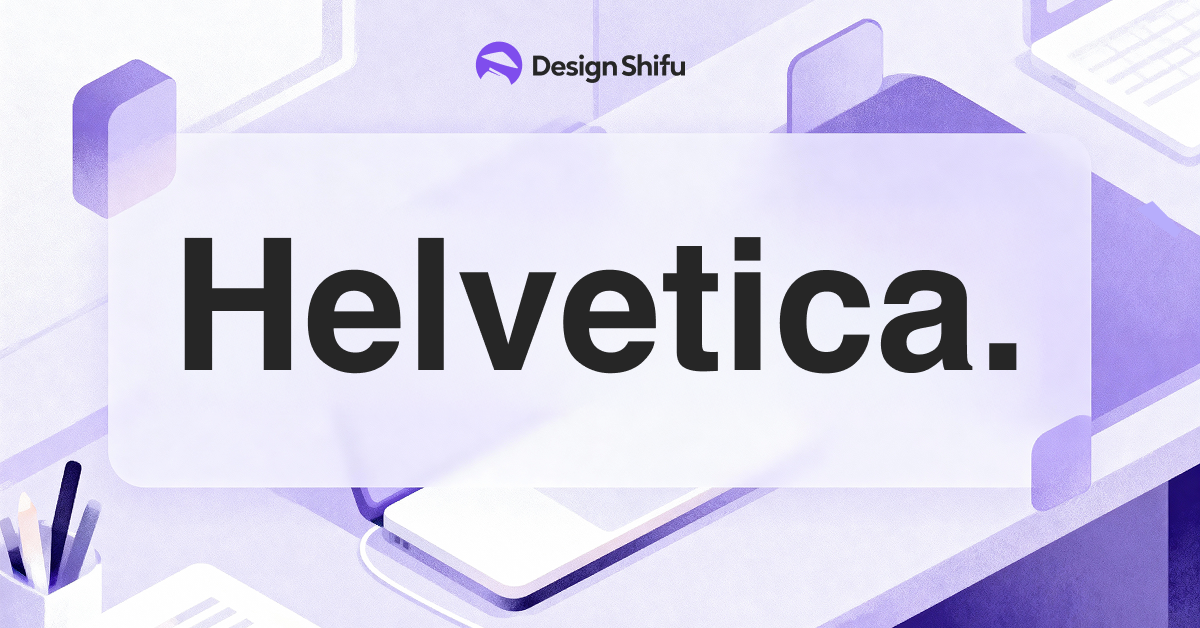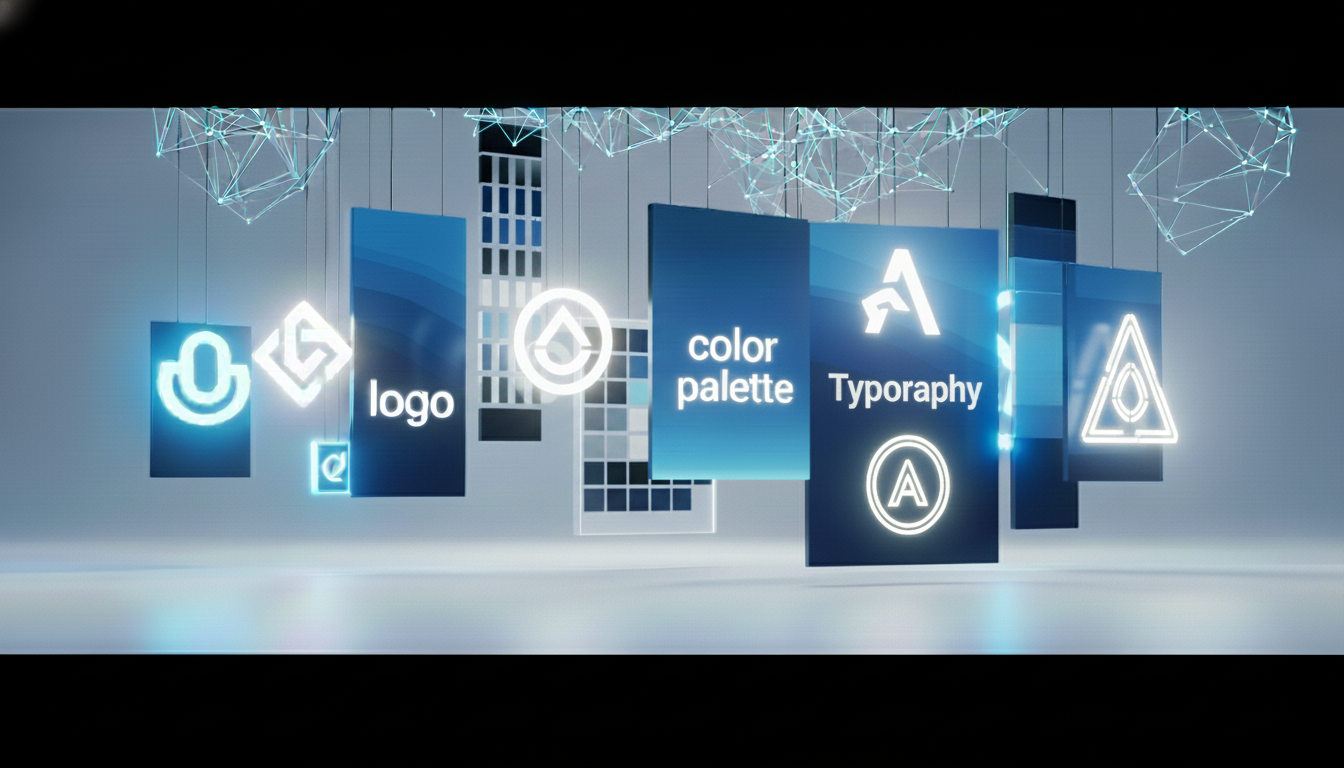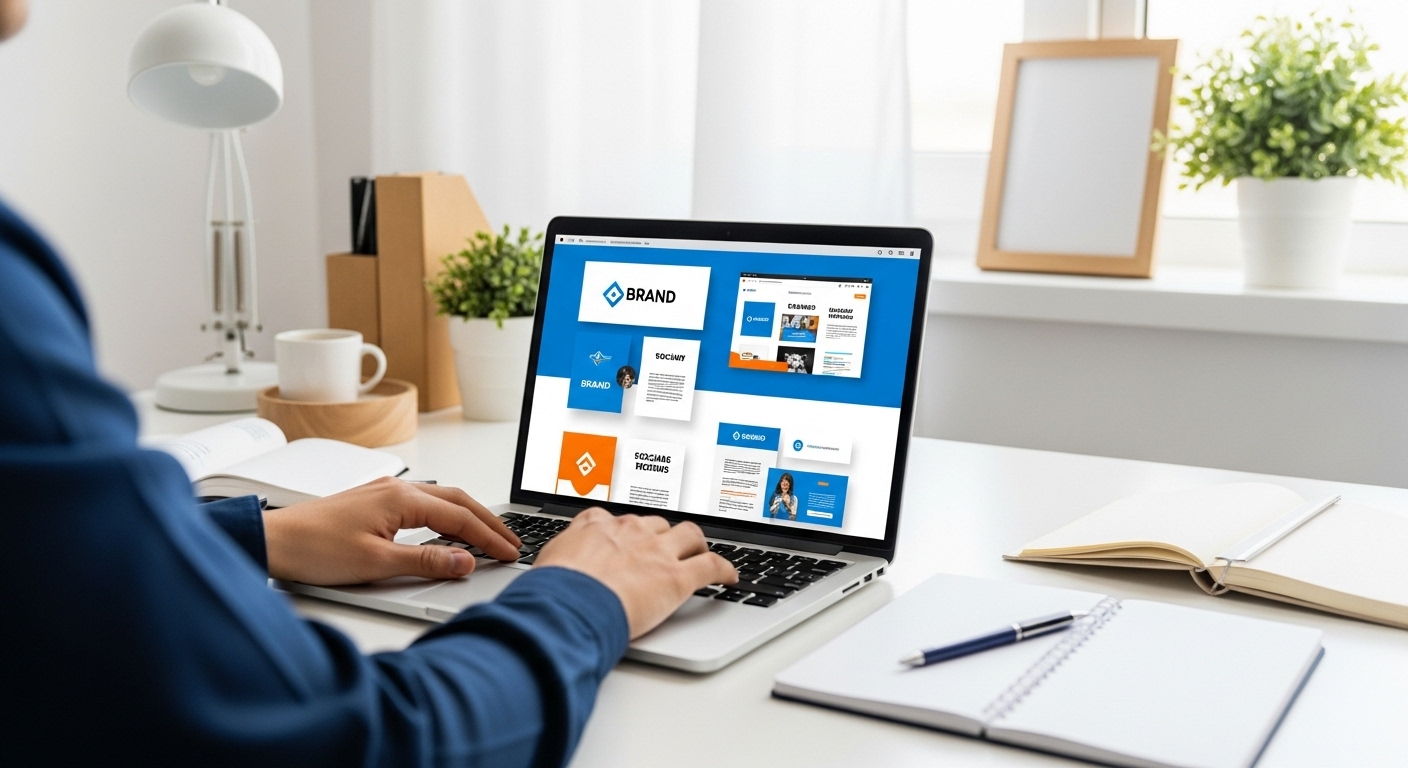Did you know? Companies with strong brand consistency generate 3.5x more brand visibility and enjoy 23% higher revenue growth (Lucidpress).
In today’s oversaturated digital landscape, brand consistency in design isn’t optional, it’s a revenue driver. Whether it’s your logo, color scheme, or typography, uniformity builds trust, recognition, and customer loyalty.
Brand consistency isn’t just about using the same logo or colors; it’s about creating a unified, instantly recognizable identity that builds:
- Trust (Customers are 60% more likely to buy from brands they recognize)
- Loyalty (Consistent brands enjoy 3x higher repeat purchase rates)
- Premium Perception (Apple’s minimalist design justifies 20%+ price premiums)
This deep dive explores why brand consistency in design delivers measurable ROI, how industry leaders leverage it, and actionable strategies to implement it across your organization.
TL;DR
This blog dives deep into
- The financial benefits of consistent branding
- Key design elements that must stay uniform
- Real-world case studies from brands like Coca-Cola, Airbnb, and Slack
- Powerful tools and strategies to keep your brand aligned across teams and touchpoints
The Financial Impact of Brand Consistency in Design
1. Higher Brand Recognition = More Sales
- Consistent branding increases recognition by 80% (Forrester).
- Example: Coca-Cola’s unchanged red-and-white branding contributes to $86B in annual revenue.
2. Trust Leads to Higher Conversion Rates
- 90% of consumers expect a uniform brand experience across all platforms (Salesforce).
- Brands with consistent visuals see 33% higher conversion rates (Marq).
Design impacts conversion, explore the data in our conversion-boosting design strategies blog
3. Lower Customer Acquisition Costs (CAC)
- Strong branding reduces marketing spend by 10-20% (Nielsen).
- Example: Apple’s minimalist design language cuts ad costs while maximizing recall.
4. Increased Customer Lifetime Value (LTV)
- Consistent brands enjoy 60% more repeat purchases (Adobe).
- Customers spend 20-40% more on brands they recognize (Kantar).
What Does Brand Consistency in Design Include?
| Element | Why It Matters | Best Practices |
| Logo Usage | Builds instant recognition | Use the same variant across all platforms |
| Color Palette | Triggers emotional recall | Stick to 2-3 primary colors (plus accents) |
| Typography | Ensures readability & professionalism | Max 2 fonts (1 for headings, 1 for body) |
| Imagery Style | Creates a cohesive look | Use consistent filters, compositions, and themes |
| Tone of Voice | Strengthens brand personality | Align messaging across ads, emails, and social media |
Pro Tip: Create a brand style guide to enforce consistency.
5 Data-Backed Strategies to Improve Brand Consistency
1. Develop a Comprehensive Brand Style Guide
- Include: Logo rules, color codes (HEX/RGB), font files, image guidelines.
- Example: Google’s Material Design system ensures uniformity across 2.5B+ devices.
2. Use Templates for Marketing Assets
- Pre-designed templates for social posts, ads, and emails save time and maintain consistency.
- Tool: Canva Brand Kits or Adobe Creative Cloud Libraries.
3. Centralize Asset Management
- Store logos, fonts, and graphics in one accessible hub (e.g., Dropbox, Bynder).
- Reduces off-brand designs by 70% (Canto).
Organizing your assets? Here’s how to build a design asset library that keeps everything on-brand
4. Train Your Team (and External Partners)
- Educate employees, freelancers, and agencies on brand guidelines.
- Example: Nike’s strict design rules ensure uniformity despite 1,000+ agencies.
5. Regularly Audit Brand Touchpoints
- Check website, social media, packaging, and ads for inconsistencies.
- Tool: Frontify or Brandfolder for automated audits.
Case Studies: Brands Winning with Consistency
1. Airbnb’s Rebrand → 2X More Bookings
- Unified logo, app UI, and photography style increased trust.
- Result: $3.4B revenue in 2023.
2. McDonald’s Golden Arches = 99% Global Recognition
- Same logo, colors, and store design in 100+ countries.
- Result: $112B brand value (Kantar 2024).
3. Slack’s Consistent UI → 50% Faster Adoption
- Cohesive color-coded workspace design reduced onboarding time.
Tools to Maintain Brand Consistency in Design
| Tool | Purpose |
| Canva Brand Kit | Template & asset management |
| Frontify | Digital brand guidelines |
| Adobe CC Libraries | Team design asset sharing |
| Bynder | Enterprise asset management |
Conclusion: The Long-Term Value of Brand Consistency
In a fast-paced digital economy, visual and verbal brand consistency isn’t just nice to have it’s essential for growth. Uniform branding reinforces trust, boosts engagement, and shortens the buyer’s journey.
By investing in consistent design systems, your brand becomes not just recognizable but unforgettable, scalable, and profitable.
Remember, every off-brand asset chips away at trust. But every consistent experience builds equity. If you want lasting impact and long-term revenue, start with consistency and scale from there.
Ready to Boost Your Brand’s ROI?
Take the first step toward brand consistency that pays off. Book a demo with Design Shifu to see how our design team can bring your branding system to life.
Build consistency today, earn customer trust, loyalty, and higher revenue tomorrow.
FAQs
1. What is brand consistency in design?
It means using the same logos, fonts, colors, tone, and style across all customer-facing platforms to ensure a unified brand identity.
2. Why is brand consistency important?
3. Does consistency affect ROI?
4. What elements should always be consistent?
5. How can I ensure design consistency across teams?
6. Can small businesses benefit from brand consistency?
7. How often should we review our brand assets?
8. Are templates helpful for brand consistency?





